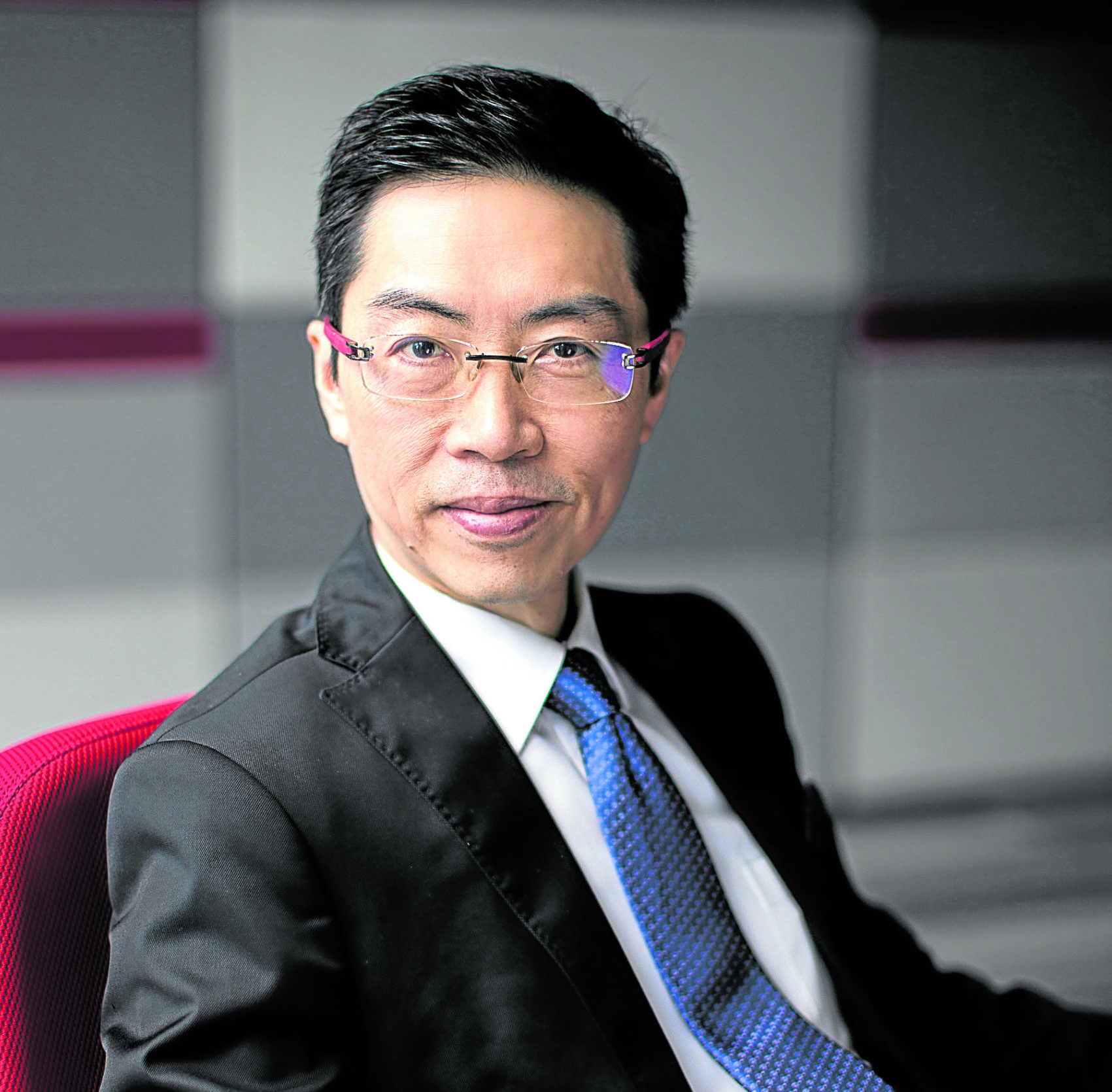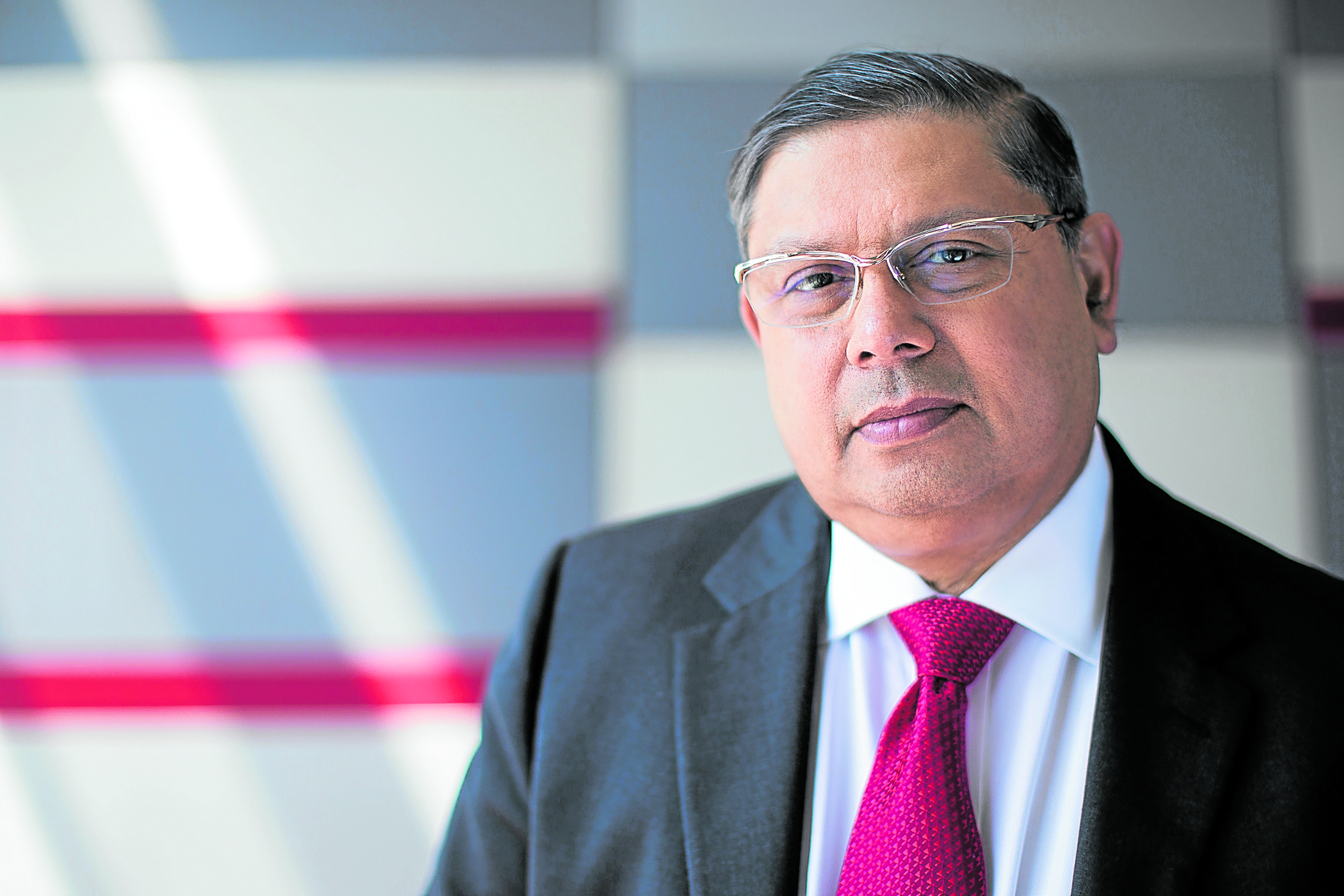New business names, same mission
The still-raging COVID-19 pandemic is no doubt a challenge, but it has also been an opportunity.AIA Philippines, formerly known as AIA Philam Life, and its allied brand BPI AIA, which used to be known as BPI-Philam, found that the pandemic had heightened interest in insurance and also hastened the acceptance of digital technology by both their clients and staff.
Both Kelvin Ang, AIA Philippines chief executive officer, and Surendra Menon, BPI AIA CEO, acknowledged that the pandemic presented them new opportunities to broaden the market for their insurance products.
“The awareness of the need for greater protection is very high, particularly among the young,” Menon said.
Ang said they had to make AIA relevant in the new environment. He noted that despite the company’s name change, people were “embracing fully a brand that better represents” them. Filipinos were mindful of the great legacy and history of Philam Life while the young, global, cultured Pinoy were also eager to embrace the future that AIA represented, he said.
Premium payments
Menon said, in the past, insurance was seen as a product that only the rich and people with extra cash could afford, especially as premium payments involved substantial amounts as they had to be made twice a year or annually.
The insurance company had to develop products that would appeal to all market sectors and would have to offer payment options manageable even for those in the low- and middle-income groups. With the new digital technology, premium payments could now be made monthly, even weekly, for some microinsurers.
AIA and BPI AIA had to develop a full range of products affordable and accessible to everyone to cover death, accidents, hospitalizations and loss of income benefits, among others.
Ang said they were creating products for the mass market.
“Our mission is to help those [who need insurance coverage.]”
COVID-19, Menon said, forced the issue of digitization and helped the transition from completely face-to-face to a blend with online interactions. BPI AIA online sales went from 0 to 25 percent of its business.
Both AIA officials stressed that the change in name and the disruption caused by COVID-19 had not diverted AIA from the mission to protect Filipino families from unforeseen events.
Commitment
As part of its commitment to be at the forefront of the life insurance industry, it has introduced innovations like AIA Vitality (formerly Philam Vitality), a game-changing mobile phone wellness program application that gives clients the means to know and improve their health, and giving them rewards for doing so.
With the restrictions on people’s movements because of the pandemic, AIA Philippines adopted measures to remain connected to clients, launching its chatbot (a computer program designed to conduct online conversations) and digital selling systems.
Ang stressed, however, that despite the increased use of new technology, the company still drew its strength mainly from its people. “We are where we are now because of our employees and partners whose work brought so much pride to the company.”
While firmly anchored on this constant source of strength, Ang said they also had to fully embrace a future full of possibilities. “By evolving into AIA Philippines, we finally embody who we are: a company with local understanding and imbued with global strength and capabilities.”
AIA’s partnership with the Bank of the Philippine Islands (BPI), BPI AIA, allowed the company to offer insurance through BPI that would be accessible, affordable and personalized for Filipinos.
Menon said, “As BPI AIA, we’d like to assure our clients that this initiative only strengthens our company’s stability and commitment to service.”
BPI AIA aims to make insurance available to more Filipinos through its comprehensive life, health and income protection plans, while encouraging clients to live healthier and bring their dreams to life.
Although the number of Filipinos appreciating the importance of having insurance coverage has increased, both Ang and Menon acknowledged that there were still people who needed convincing.
To these people, Ang’s message was: “I do not buy insurance for myself but for my loved ones.”

